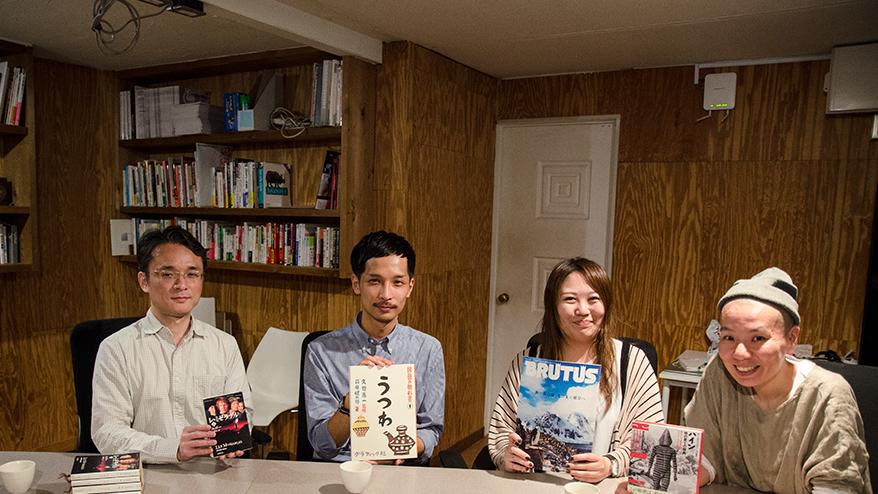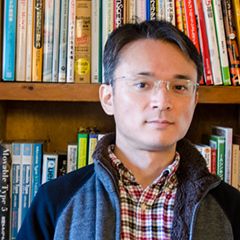I'm Murakami, the library committee chairman.
Are there any places that you have a special attachment to even if you've never been there?
Places you'd like to visit someday or places you've visited while traveling and fallen in love with.
The place where the story takes place.
Perhaps people never cease to long for "somewhere other than here."
This time, the reading group's theme is "a certain place."
It's the season for new tea.
The reading group has begun, and we are drinking new tea from my hometown, Kumamoto, which I bought when I went back home for Golden Week!
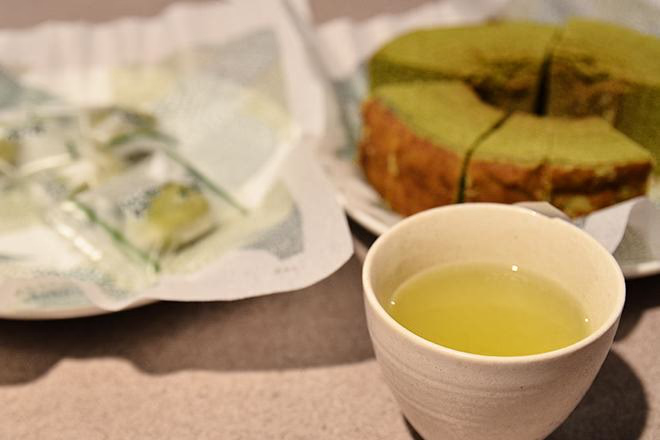
Presentation Time
After the 40 minutes of reading, each person will have 5 minutes to introduce their book.
- How about a 7-day trip from Tokyo to Antarctica in search of tranquility?
Magazine House (author) "BRUTUS: A once-in-a-lifetime journey to the spectacular views ahead" (recommended by Yako Inui) - The Mysterious Selk'nam People: The Mysterious Spirits of the South American Tip, by Anne Chapman, "Hain: A Festival at the End of the Earth: Life and Death of the Selk'nam, the Native People of the Tierra del Fuego, South America" (reviewed by Aya Wada)
- Thinking about the right way to live from France's timeless masterpiece "Les Miserables" by Hugo (reviewed by Isamu Murakami)
- Enchanted by the beauty of pottery made from the soil of each region, Kentaro Hagiwara (author) "Textbook of Folk Crafts No. 1: Utsuwa" (introduced by Keisuke Haga)
How about a 7-day trip from Tokyo to Antarctica in search of tranquility?
"BRUTUS: A Once-in-a-Lifetime Journey to the Spectacular Scenery Ahead" (reviewer: Inui Yako)
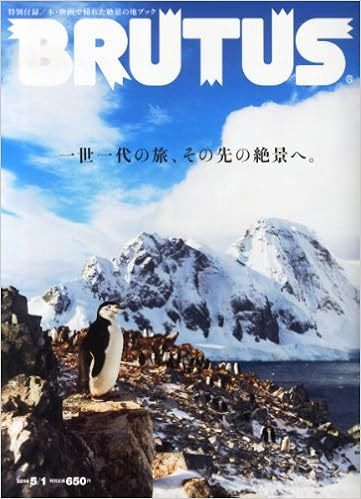
Magazine House (author) "BRUTUS: A once-in-a-lifetime journey to the spectacular views ahead" Magazine House (2014) ( Amazon )
 Dry
DryI brought along a special feature from BRUTUS three years ago titled "Once in a Lifetime Journey, Towards the Spectacular Scenery Ahead." It's not a typical trip, but a spectacular one. The cover features penguins in Antarctica, but even if you take a 15-day round trip from Tokyo to Antarctica, you can only stay there for four and a half days, and it takes a lot of energy. I like penguins, so I thought they were cute while looking at them. There are also photos of the cross-sections of glaciers that have been formed over a long period of time, and they're beautiful!
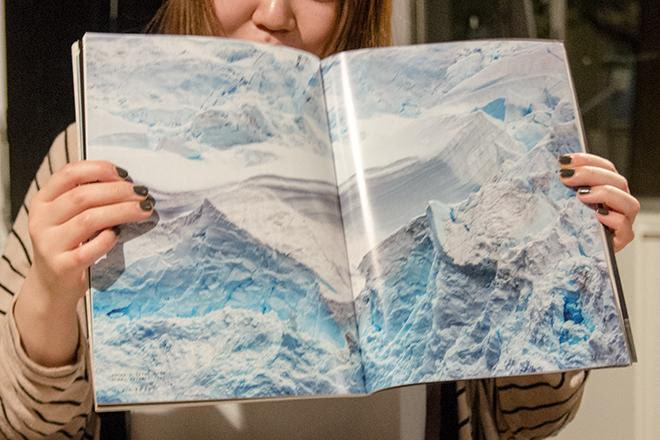
 Dry
DryIn addition to Antarctica, the book also describes the schedules and transportation routes they took to visit other places such as a lake in Brazil where dinosaur bones were found at the bottom, Ethiopia, and Africa, but I thought Antarctica sounded the most fun.
One interesting story was when I met an English woman at a shop in Antarctica. She used to live in Tokyo and came to Antarctica in search of silence. I thought it was cool that she came to Antarctica in search of silence (laughs).
Also, on the page "Breathtakingly Scenic Places to Travel Through Books and Movies," lines from books and the locations where they were set are introduced. There is also an Indian movie called "3 Idiots," which is very exciting, and the location where the happy ending of the movie was set is introduced. I thought it would be a fun trip to visit the locations where movies and books were set.
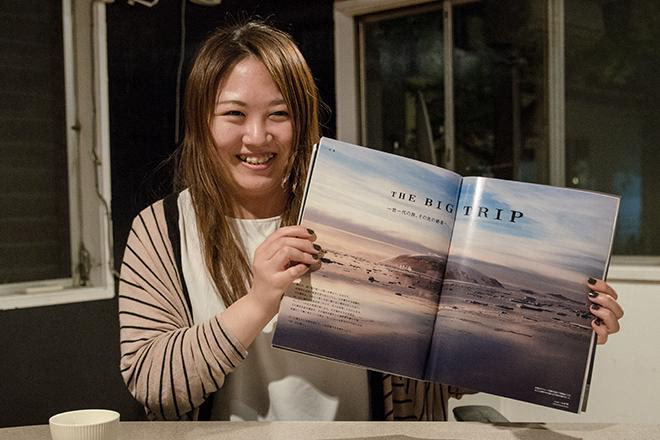
 Wada
WadaDo you ever want to go to a place that you see in a magazine?
 Dry
DryYes. I like cold places, so I would like to go to Antarctica, or a hotel in Northern Europe where all the furniture and beds are made of ice, or see the Northern Lights.
 Murakami
MurakamiSo there is a shop in Antarctica. You go to Antarctica by boat, right?
 Dry
DryYes, but it seems there are no hospitals. Because there are no hospitals, there are only a limited number of companies that handle overseas insurance that covers Antarctica, so be careful. It also says that (laughs).
 Murakami
MurakamiYou go by boat after all.
 Dry
DryIt takes seven days to arrive. It takes 28 hours and 24 minutes by plane from Narita to Buenos Aires via Atlanta. From there, we travel by chartered flight, and it seems that we will board the ship for the first time on the fourth day after leaving Tokyo. On the fifth day, we will travel south through the Drake Passage to the Antarctic Peninsula.
By the way, since it is a cruise ship, all meals are included in the price and room service is available (lol). Why don't you try it out?
The Mysterious Selk'nam People: The Mysterious Spirits of the Tip of South America
"Hain: A Festival at the End of the Earth: Life and Death of the Indigenous Selk'nam People of the Tierra del Fuego in South America" (by Aya Wada)
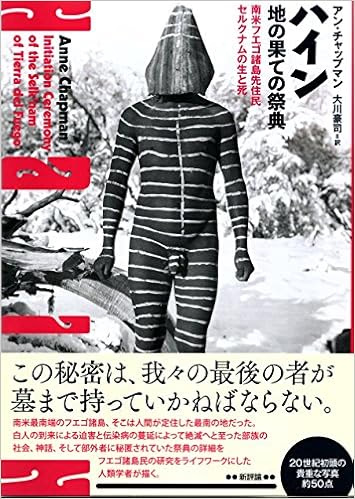
Anne Chapman (author) "Hain: A Celebration at the End of the Earth: The Life and Death of the Selk'nam, the Native People of the Tierra del Fuego, South America" Shinhyoron (2017) ( Amazon )
 Wada
WadaI brought along a book called "Hain: A Festival at the End of the Earth." The Selk'nam people, who lived on Tierra del Fuego, at the southernmost tip of South America, are said to have recently become extinct, but this book was compiled by someone who closely interviewed the tribe, listening to their documents and hearing from their descendants.
"Hain" is a festival held at the rite of passage for men to adulthood, and the strange photo on the cover shows Hare (dressed as a spirit) during the sacred ceremony. The Selk'nam are a male-dominated people, and in the ceremony, all adults except the newly-adults impersonate spirits. Apparently, newly-adults are taken to a hut and endure torture before being recognized as adults, but in reality, they are taught how to hunt and other skills necessary for survival in the hut. Women are not allowed in the hut, so they prepare a feast and make offerings to the spirits to protect the newly-adult children from harm. But in the end, it is the men who eat it (laughs).
The book introduces the types of spirits that appear, and there are many types and photos. Each spirit has its own personality, and the man practiced acting out each one.
What I found most interesting was the tribal mythology. Originally, the Selk'nam women dominated the men, with the men working a lot and the women working less, and using spirits to threaten the men. One day, the men found out about this, rebelled, and took power, and now the men are doing the same thing to the women to protect the status they took from them.
But it wasn't a frightening act of domination; it seemed like both men and women enjoyed performing it as a festival. The tribe's population gradually decreased due to epidemics and colonial rule, but it was still a place to have fun. The women laughed at the performance, and even though they knew they were being dominated, it also seemed to be an element of continuing the tradition.
In the end, everything about the Hain is never fully explained, and the truth will never be known because the people involved are no longer with us, but I was engrossed in reading the book, amazed to learn that such a unique tribe existed.
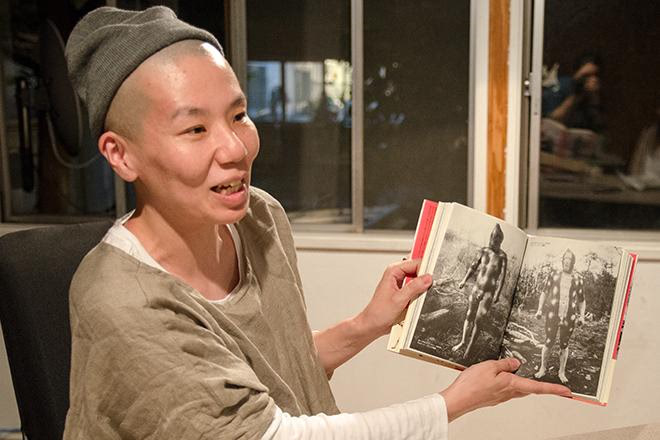
 Haga
HagaDid women also enjoy "Hain"?
 Wada
WadaYes, it was a bit of a festival for the women too. They found marriage partners, and although they usually wear furs and dress like hunters, during Hein they painted themselves and dressed in unusual outfits, and seemed to enjoy themselves.
 Murakami
MurakamiMy skin is exposed, but it's pretty cold around here.
 Wada
WadaThey were closer to Antarctica, but they were barefoot and didn't wear any clothes because they could keep warm by wearing fur. They didn't wear anything because bare skin is warmer when they're in front of a fire. When I looked it up online, I found that Westerners tried to dress them, but ended up bringing diseases with them and they died out, which I thought was sad.
 Murakami
MurakamiHow long has this tribe existed?
 Wada
WadaThe grandmother who appears at the beginning is the last descendant, but she passed away around 2006, so there is no one left. The Selk'nam people's unique songs, poetry, plays, coming-of-age ceremonies, myths... This book conveys how difficult but fun it must have been. I am very sad that they are gone.
Thinking about the right way to live from this timeless French masterpiece
"Les Miserables" (introduced by Isamu Murakami)
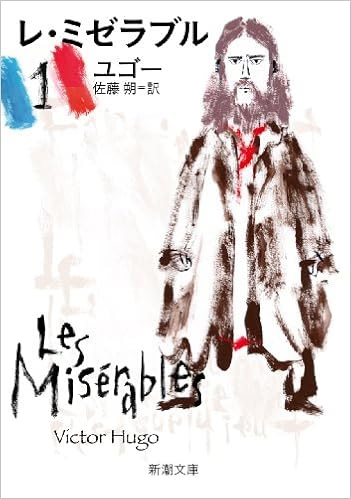
Hugo (author) "Les Miserables" Shincho Bunko (1967) ( Amazon )
 Murakami
MurakamiVictor Hugo's "Les Miserables" is a masterpiece set in Paris, France. Many people probably know the story, but the main character, Jean Valjean, had a strange fate: he was imprisoned for stealing a loaf of bread when he was young, but he managed to escape and ended up spending 19 years in prison.
Even after he was released from prison, he struggled to find lodging due to his poverty and past as a prisoner. One day, when he asked an old bishop for a place to stay, he stole a candlestick and ran away, despite the kindness of the bishop. He was eventually caught, but the bishop said, "I didn't steal it, I gave it to you," and didn't press charges. He then reformed and vowed to live an upright life.
I like the story about the candlestick, but there's another episode I like too. The main character moves to Paris with a girl who is like a stepdaughter. At the time, the July Revolution was taking place in Paris, and a young revolutionary named Marius and the girl fall in love. Jean Valjean doesn't like the young man, but when he is injured in the revolutionary riots, he helps him. Jean Valjean carries the injured and unconscious Marius on his back as he walks down the long, dark channel of the underground sewer. This scene left a strong impression on me, and it's one of my favorite scenes.
Jean Valjean becomes successful in business and even becomes mayor, but then his past as a prisoner is discovered and he is exiled, and then he begins to wander the streets again...This is an epic story that follows his life, and it is a memorable book that teaches us what the right way to live is.
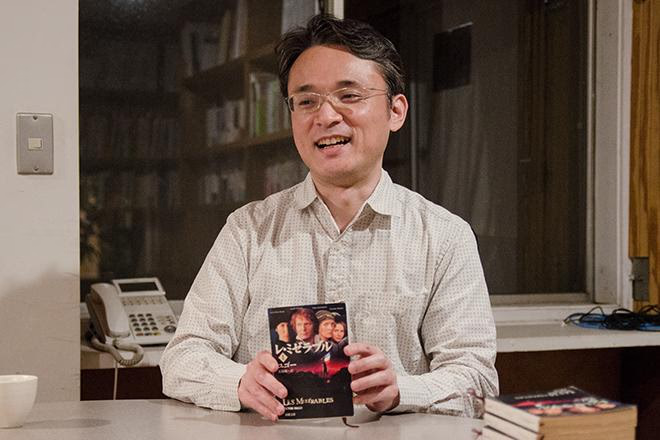
 Dry
DryI've seen the movie starring Anne Hathaway, but how many volumes are there in total?
 Murakami
MurakamiThere are five volumes in total. I read them all when I was a university student.
It has been adapted into stage plays and movies many times in the past, but when you read the book, there are poems and other parts that have not been filmed. I think it's good to learn about the background and parts that cannot be depicted in the movie.
 Haga
HagaI feel like I'm going to give up halfway through...
 Murakami
MurakamiIt's true that at first it was hard to remember the names because there were so many in katakana (laughs), but as I read on I gradually got used to it and was able to immerse myself in the world.
The episode about the girl Eponine, who has a crush on the young Marius, is unrequited and unforgettable... I can't forget the ending... I'm in tears at the end. I think you'll enjoy it even more if you know the history of France after Napoleon, which is the background of the play.
Fascinated by the beauty of the pottery made from the soil of that land
"Mingei Textbook 1: Utsuwa" (by Keisuke Haga)
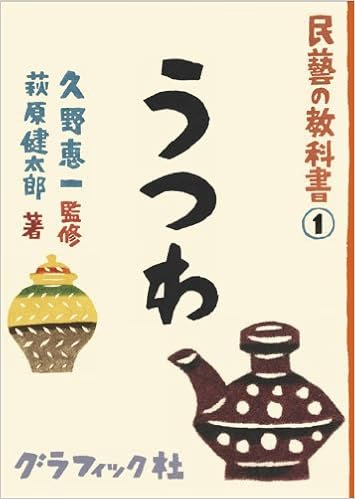
Hagiwara Kentaro (author) "Mingei Textbook 1: Utsuwa" Graphic-sha (2012) ( Amazon )
 Haga
HagaI brought along the book "Mingei Textbook Series 1: Utsuwa". Recently, I've been obsessed with collecting tableware, even though I can't cook very well (laughs).
Last year, when I was living in Tokushima prefecture with the Kamiyama Monosasu Juku, I came across a shop called "Shinonome" in Tokushima city. It has since moved and is called "Ochikochi," but it is run by a wonderful owner named Higashio, and it was there that I discovered the beauty of Mingei pottery.
As the name of the textbook suggests, it starts with what is Mingei, then goes on to explain the difference between Mingei and non-Mingei, introduces people related to Mingei, and more. You can learn about Mingei pottery by reading this one book. There is also a page called National Kiln Map that introduces kilns all over Japan.
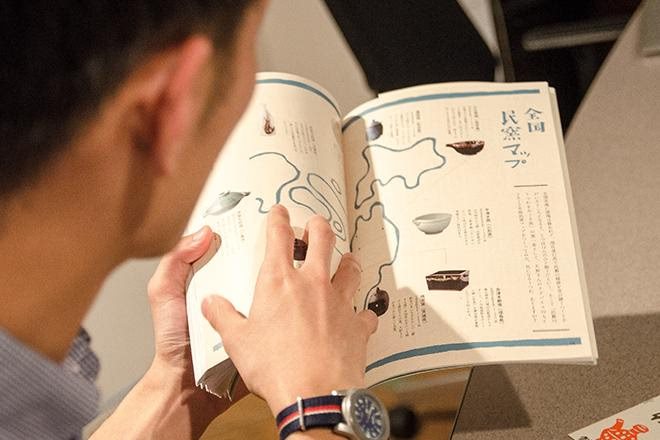
 Haga
HagaMy favorites are Onta ware from Oita and Fujina ware from Shimane Prefecture.
Onta ware is made in Hita city, Oita prefecture, and has been handed down for over 300 years. The patterns made with a flying plane, which look like small incisions, are very cool. Oita clay is a bit hard and dark in color, so it's not really suitable for making pottery, but thanks to its hardness, when you use a plane to make patterns, the grooves are carved deep.
Fushina ware is made at Yumachi Kiln in Matsue City, Shimane Prefecture, and the patterns made by quickly applying decorative clay to the surface of the pottery, like slipware, are very beautiful. The glaze patterns that make use of local materials really stand out. The maker quickly applies the patterns, but each piece is unique and feels like a one-of-a-kind item. It has a warmth that is different from industrial products, and I really like it.
There are several conditions for Mingei pottery, including the fact that it must be "local." "Local" means that it is made using materials available locally and while respecting traditions that have been handed down.
There are many places in Tokyo where you can experience the beauty of folk crafts, but I recommend the Japan Folk Crafts Museum. It's just a few minutes' walk from Komaba Toudaimae Station, so I highly recommend you go.
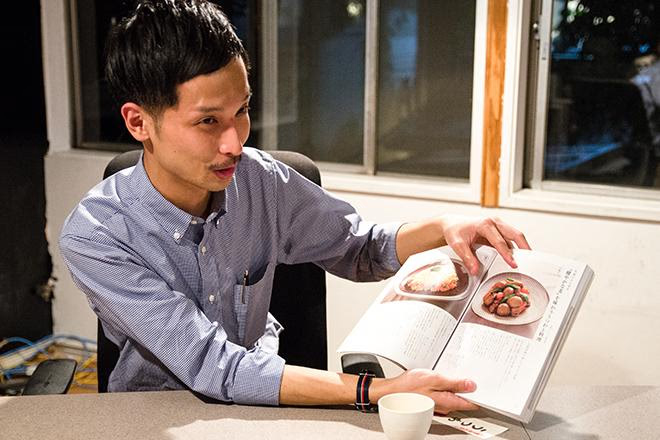
 Murakami
MurakamiIs the base color of Fushina ware really that yellow?
 Haga
HagaThis is the color of the glaze, and it seems that yellowish clay can be obtained. The slipware technique itself was developed in England around the 18th century, but it was passed down to the people at Yumachi Kiln by leaders of the Mingei Movement.
 Murakami
MurakamiAh, there's Shodai-yaki, which is from my hometown (Kumamoto).
 Haga
HagaThat's great, I'm also interested in Shodai ware. There are a lot of kilns in Kyushu, aren't there? Looking at this, I'm thinking about going on a tour of the kilns in Kyushu and the San'in region.
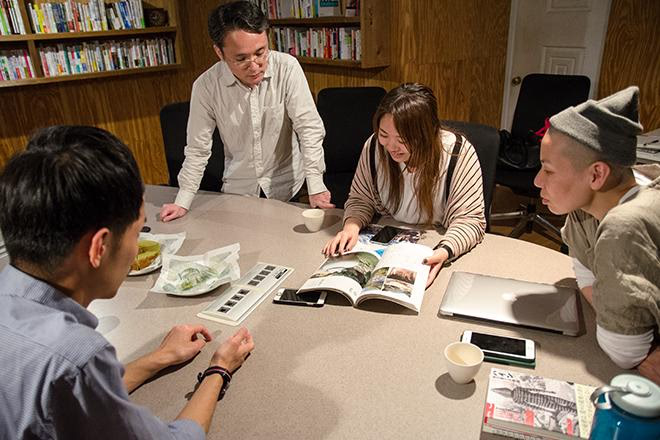
After the reading group
The group traveled from remote areas to the southernmost tip of South America, France, and rural Japan, and finally returned to Japan after traveling the world extensively.
I didn't expect the topic of folk art pottery to come up at a reading group with the theme of "place."
It was a moment that reminded me once again that the world is vast and there are many different ways of life and cultures.
The next reading group will be on the theme of water, whether it be rain, a river, or the sea.
I wonder what kind of books I'll find? See you next time!
